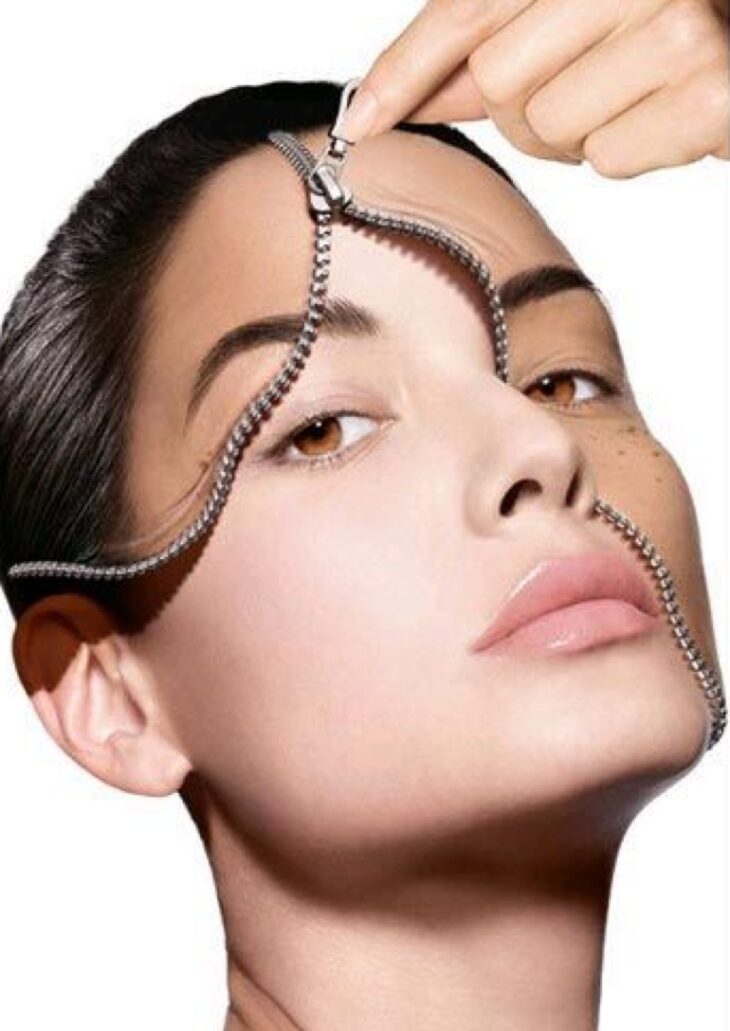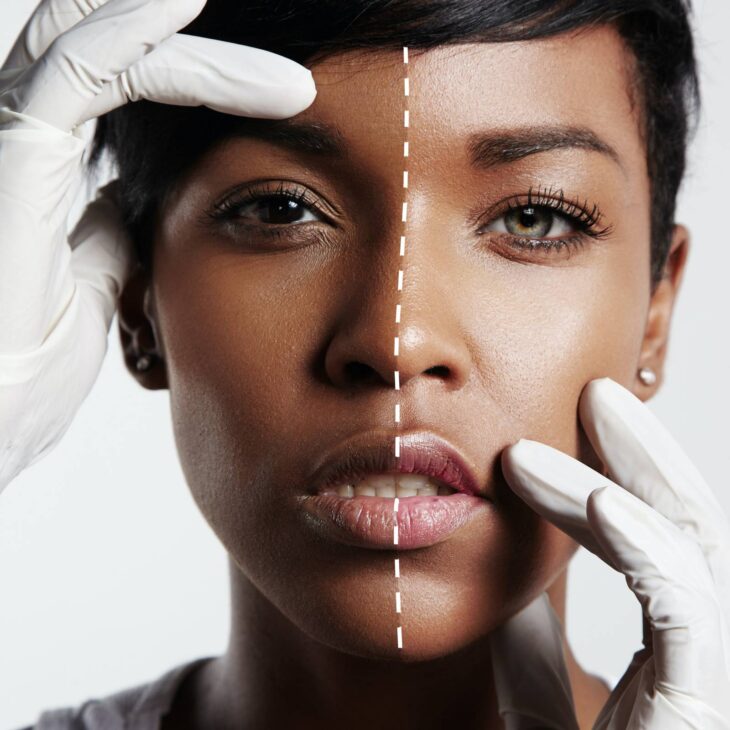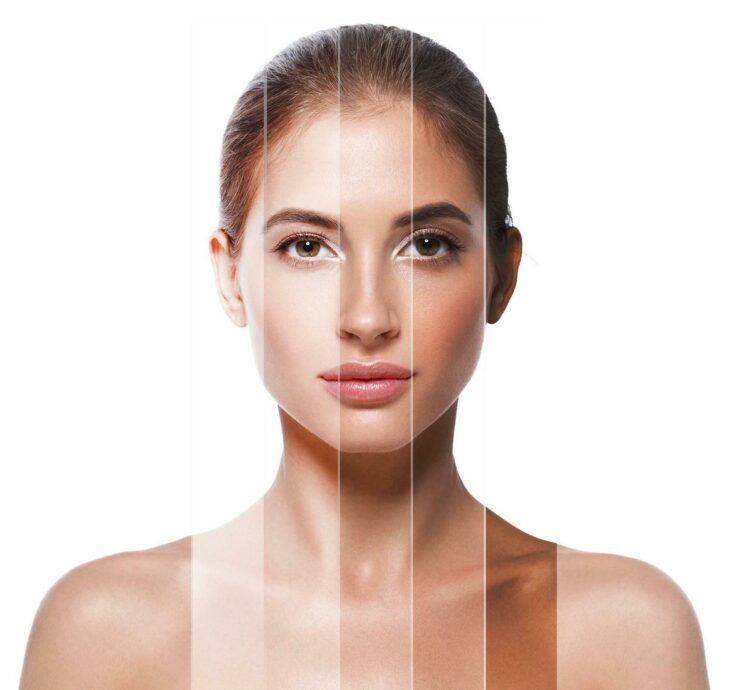You will notice that skincare products are never absent in the aisles of shopping centers and supermarkets. In Asian countries such as Thailand and the Philippines, you will find small stores selling beauty creams, facial cleansers, and sunscreen lotion in sachets. In most parts of the world, skin lightening and whitening products are available.
The words “lightening” and “whitening” can be often found on the labels of beauty products. If you compare skin lightening vs. skin whitening, what’s the difference? Many people think that the actions of both products are the same yet they actually vary to certain degrees. It is important to know the difference so that you can choose the right product according to your desired effect.

Source: medisetter.com
Skin Lightening vs. Skin Whitening: What’s the Difference?
They may sound similar but to lighten and to whiten the skin are two different things. To put it simply, products formulated for skin lightening …
- Decrease the amount of melanin in your skin.
- Work on the skin’s damaged portions such as sun and age spots, acne and pimple scars, blemishes, and pigmentations. In other words, it is “pinpoint” whitening.
- Act on the “darkened” skin areas so that these spots will be in uniform color with the rest of your face or body.
- Repair uneven skin tone.
- Do not produce permanent effects. Maintaining the regimen to keep dark spots away is needed.
On the other hand, products for skin whitening …
- Provide the skin a lighter shade by chemically bleaching it.
- Result in generalized change on the body part where the products were applied.
- Provide a dramatic change in the shade of your skin, turning it several hues lighter.
- Usually pose more risks since the effect is often drastic.
- Do not result in permanent whitening. Like skin lightening products, you also have to be diligent in using them.
Do you want to lighten those spots on your face? Or do you intend to whiten your arms and legs? If it is the former, use skin-lightening products. If it is the latter, then skin whitening products are the items to apply. You have to define your aim so that you can select the appropriate product to use. Regardless of what you opt for, you need to pick the safest and most effective choice that is suitable for your skin.

Source: businessoffashion.com
Lightening Your Skin Shade: What To Use?
If you look at skincare products be it for the face or body, the regimen often involves 3 steps: cleanse, exfoliate, and whiten.
- Cleanse. What is your preferred method to clean the skin? The usual answer is to wash with soap and water. A whitening body soap, gel, or foaming cleanser will work great. Always use the reliable brand’s product and buy from a trusted online website or store only.
- Exfoliate. You remove the dead cells on your skin with the aid of chemicals like toner or granular substances like facial or body scrub. This helps reveal your blemish-free skin by removing the damaged layer.
- Whiten/Moisturize. After you have cleaned and prepared your skin, it is time to apply your whitening creams, lotions, serums, or solutions.
You may use some products both during the day and night but the items may vary during the moisturizing step. There are products intended for the day and others only for use at night.
Regardless of what types of products that you use, make sure to look for the following ingredients:

Source: mywholesalewarehouse.com
- Hydroquinone. It interferes with melanin production. However, use this with caution as its application can result in permanent skin darkening.
- Niacinamide or pro-vitamin B3. Aside from being an active lightener, this ingredient can also fight acne and inflammation, boost your ceramide, balance the skin’s oil levels, and act as an antioxidant.
- Kojic Acid. It blocks tyrosinase, the enzyme needed for making melanin.
- Glutathione. Although there are not many studies on its action, this ingredient is considered a safe and effective skin lightener. It is an antioxidant as well.
- Vitamin C. Making your skin lighter is just one of the many benefits of vitamin C. It shields the skin from aging, pollution, and oxidation too.
- Alpha-arbutin. Extracted from bearberry leaves, it blocks the creation of tyrosinase just like Kojic Acid.
- Azelaic Acid. Not only does this ingredient even out skin tone, but this acid can also keep the skin clear from scaling and irritations.
- Linoleic Acid. This comes from the oils of evening primrose, grapeseed, and rosehip. It lightens the skin by suppressing the production of melanin.
- Glycolic Acid. Aside from inhibiting the synthesis of melanin, this acid removes melanin pigment faster than other whitening ingredients.
- Licorice Extract. It has several whitening mechanisms including actions similar to Kojic acid and Alpha-arbutin which is stopping the production of tyrosinase.
- Paper Mulberry. Deemed as better than Hydroquinone, it can whiten your skin and protect it from free radicals as well.
There are various types of formulations and products so it can be confusing which one to use. These tips below can help you pick the most suitable regimen for you.

Source: swissbotany.com
- Determine your skin type and usual skin issues. Take these things into consideration during your selection.
- Whitening serums are lighter. They tend to get absorbed into your skin quicker too since they have gel-like formulation. Your skin receives the active ingredient faster this way. The downside of its use is that your skin can become over-exfoliated or dry.
- If your skin type is dry, it is better to apply creams and lotions since they are concentrated with oil. If your skin is oily, you may want to consider other options like a serum.
- Whether it is a 3-step or 10-step ritual, make sure that you have the time, patience, and budget for this ritual since being consistent is important when using skincare products.
- Great pairings are Niacinamide with N-acetyl glucosamine and Vitamin C with Glutathione.
What do you think your skin needs right now? This will help you whether to select skin lightening or skin whitening products.
